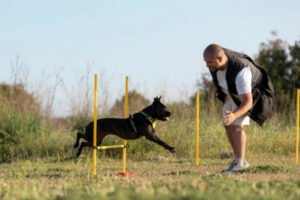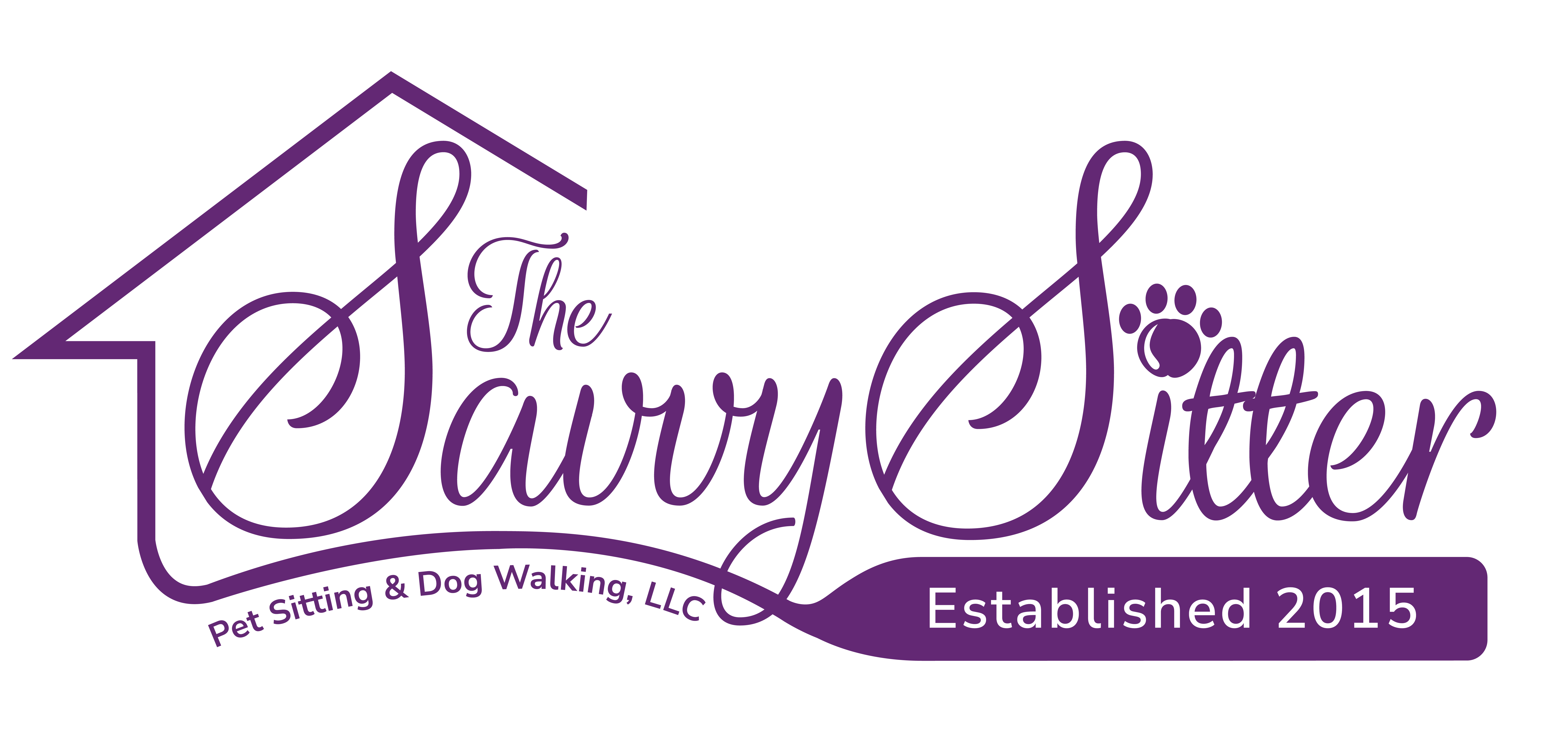
Pros and Cons of Different Dog Training Methods: Board and Train Facilities, In-Home Training, and Group Training
Training your dog is a vital part of ensuring they are well-behaved, happy, and safe. However, deciding on the best training method can be challenging. Here, we’ll explore the pros and cons of three popular dog training methods: board and train facilities, in-home training, and group training.
Board and Train Facilities
Pros:
1. Professional Expertise: Your dog will receive training from professional trainers with experience handling various behavioral issues.
2. Intensive Training: Dogs are immersed in a structured training environment, often resulting in quicker learning.
3. Controlled Environment: The facility is designed to minimize distractions, allowing for focused training sessions.
4. Convenience: Owners can continue with their daily routines without needing to dedicate time to training.
Cons:
1. Cost: Board and train facilities can be expensive due to the intensive nature of the training.
2. Separation Anxiety: Some dogs may experience stress or anxiety being away from their owners for an extended period.
3. Limited Owner Involvement: Owners are not present during training, which can make it harder to reinforce learned behaviors at home.
4. Adjustment Period: Dogs might need time to adjust and generalize their new skills in a home environment.



In-Home Training
Pros:
1. Personalized Attention: Training is tailored to your dog’s specific needs and environment.
2. Convenience: Trainers come to your home, making scheduling easier and training more consistent.
3. Owner Involvement: Owners are directly involved, learning how to reinforce behaviors and build a strong bond with their dog.
4. Real-Life Scenarios: Training occurs in the dog’s natural environment, making it easier to address specific behavioral issues.
Cons:
1. Cost: In-home training can be more expensive than group classes due to the personalized attention.
2. Limited Socialization: Dogs may miss out on socializing with other dogs, which is essential for their development.
3. Distractions: The home environment may have more distractions, making it harder for some dogs to focus.
4. Trainer Availability: Scheduling may be limited by the trainer’s availability, leading to potential delays in progress.



Group Training
Pros:
1. Socialization: Dogs learn to interact with other dogs and people, improving their social skills.
2. Cost-Effective: Group classes are generally more affordable than private sessions.
3. Structured Environment: Classes follow a set curriculum, ensuring a comprehensive training experience.
4. Owner Networking: Owners can connect with others, sharing experiences and tips.
Cons:
1. Less Individual Attention: Trainers must divide their attention among multiple dogs, which may slow progress for some.
2. Distractions: The presence of other dogs and people can be distracting, making it harder for some dogs to focus.
3. Varying Skill Levels: Dogs in the same class may have different training needs, leading to uneven progress.
4. Fixed Schedule: Group classes often have set times, which may not be convenient for all owners.



Group Training
Choosing the right training method depends on your dog’s specific needs, your schedule, and your budget. Board and train facilities offer intensive training but may be costly and stressful for some dogs. In-home training provides personalized attention and involves the owner but can be expensive and limit socialization. Group training offers cost-effective socialization opportunities but may lack individual attention and flexibility.
At The Savvy Sitter, Pet Sitting and Dog Walking, LLC, we understand the importance of proper training for a happy and well-behaved pet. If you have any questions or need recommendations for training options, feel free to contact us!
About the Author:
Savanna Westwood
Savanna Westwood is the Owner and Founder of The Savvy Sitter, Pet Sitting and Dog Walking, LLC. She has grown up with animals all her life and enjoys spending time with them. Savanna has lived in the Winter Garden and Windermere Area for over 30 years. When she is not taking care of Fur Friends, one can find her reading, practicing archery, riding, and devising ways to provide additional and excellent services to clients. Savanna is a Certified Professional Pet Sitter with Pet Sitter International's CPPS certification and also holds certification in Pet First Aid and CPCR for Pet-Care Professionals.

